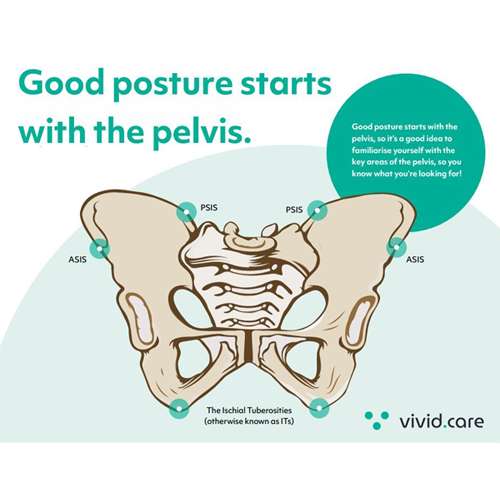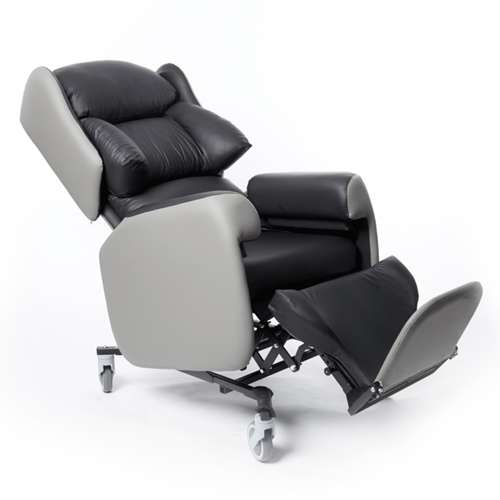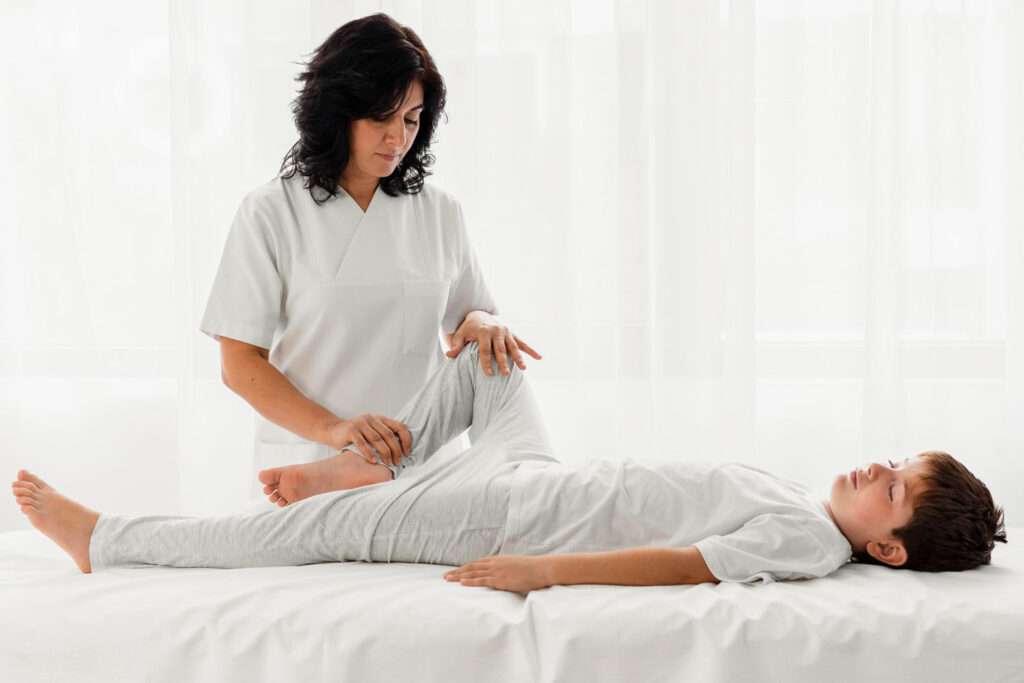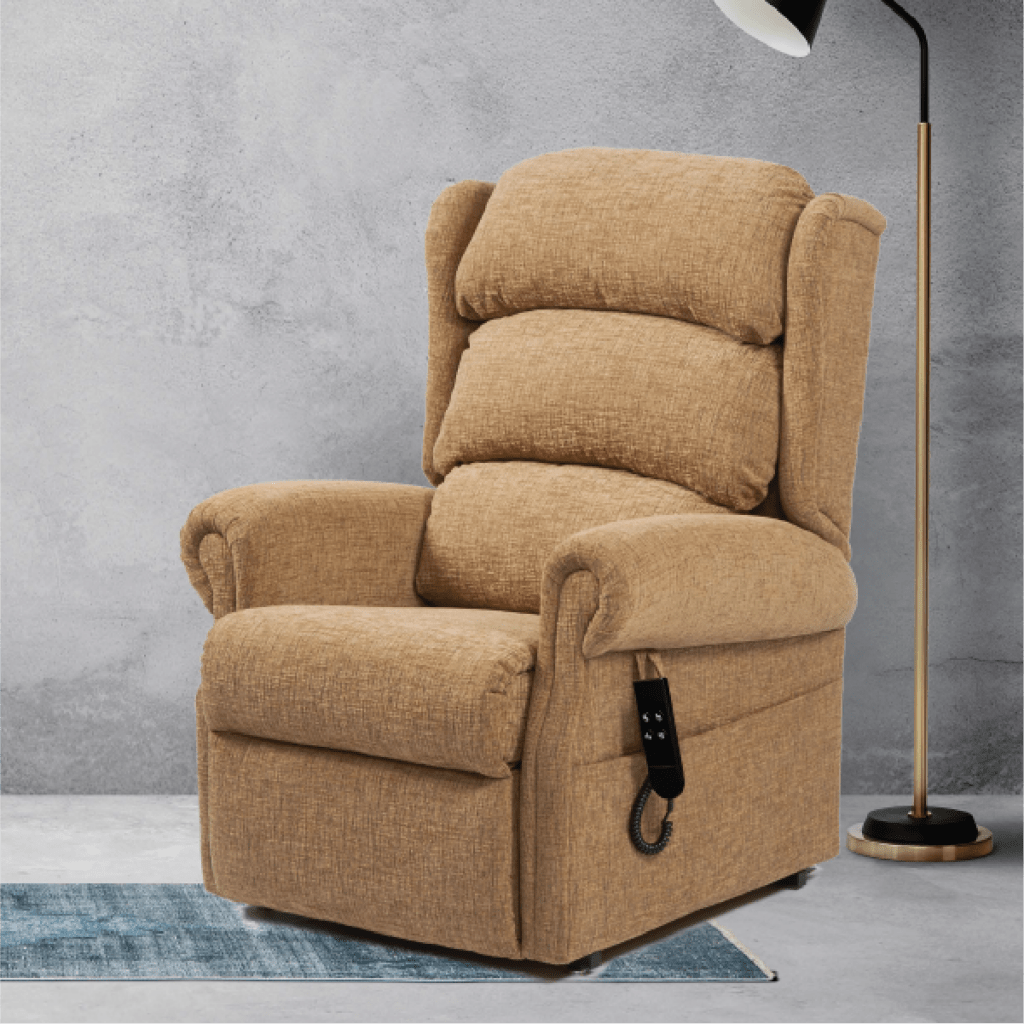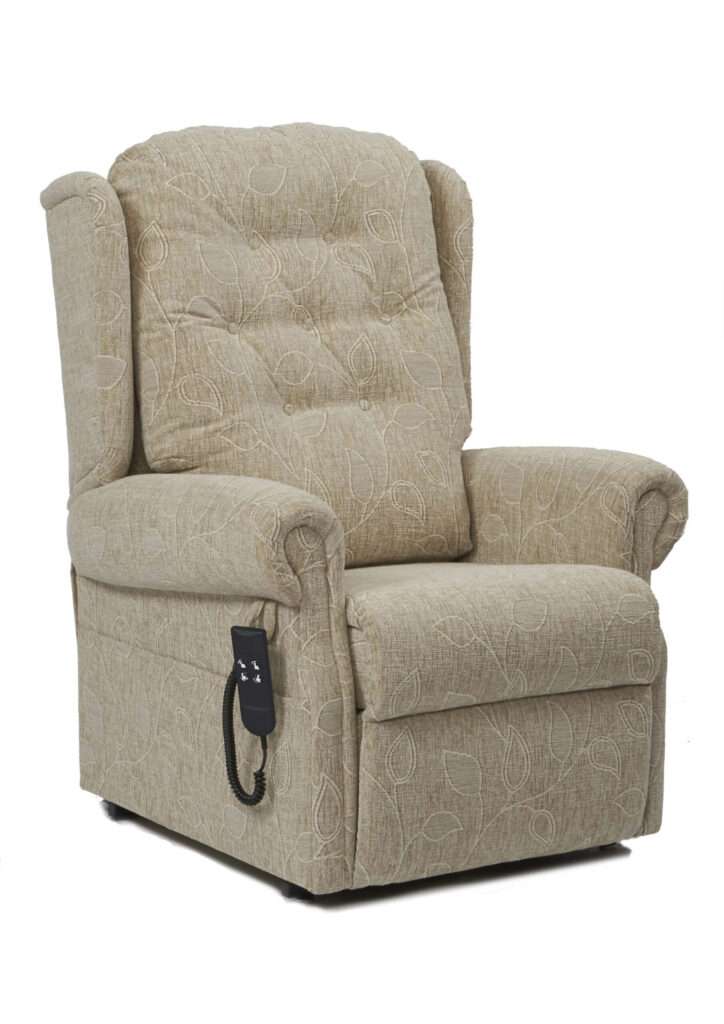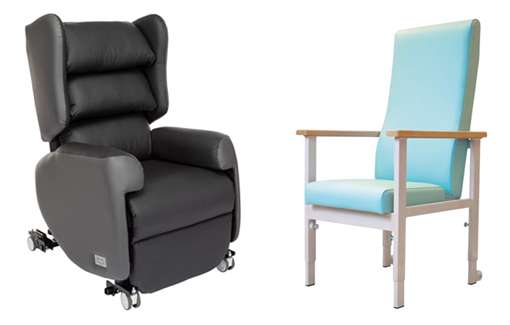Pelvic obliquity and other postural abnormalities make it difficult to achieve proper positioning when sitting. This can have serious long-term health consequences — especially for people who sit for longer periods.
The average UK adult spends around 9 hours a day sitting.
Risks of pelvic obliquity include permanent deformities, chronic pain, and difficulties with essential bodily functions, like swallowing and breathing. Fortunately, the right intervention can help prevent serious problems.
If you’ve read our articles before, you’ll know we’re extremely passionate about postural management and seating. We’ve delivered training days, published an eBook, and even developed our own care chair. That’s because the right specialist chair can help protect against, and even correct, all sorts of postural problems — including pelvic obliquity.
In this guide, we’ll explain possible causes of pelvic obliquity, and how specialist seating can help.
Jump straight to…
What is Pelvic Obliquity?
Pelvic obliquity is a postural abnormality that occurs when the pelvis is tilted to one side. Sometimes, this condition is referred to as having an ‘asymmetrical pelvis’.
You can get left or right pelvic obliquity, it depends on which way the pelvis is tilted.
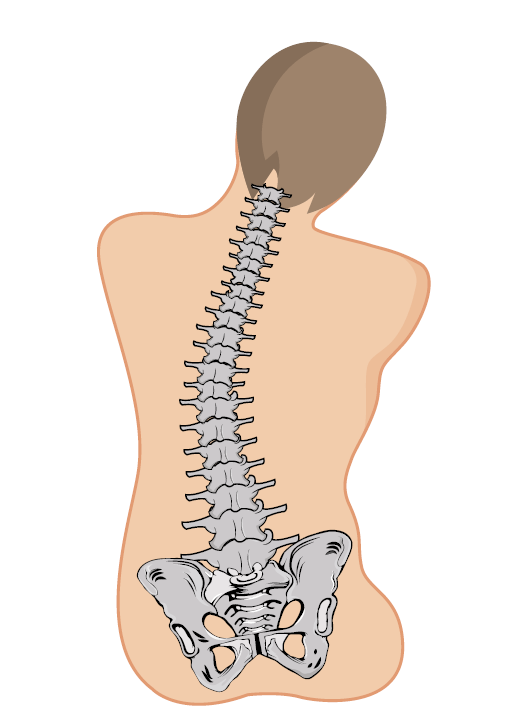
This is a right pelvic obliquity – the right side of the pelvis is higher than the left
DIAGNOSIS TIP: People with pelvic obliquity often look like they are falling to one side. That’s because, although the problem is caused by pelvic positioning, it’s more noticeable in the spine.
Scientific explanation
In medical terms, pelvic obliquity means one Anterior Superior Iliac Spine (ASIS) is higher than the other.
So, with left pelvic obliquities, the left ASIS is higher. Whereas, with right pelvic obliquities the right ASIS is higher.
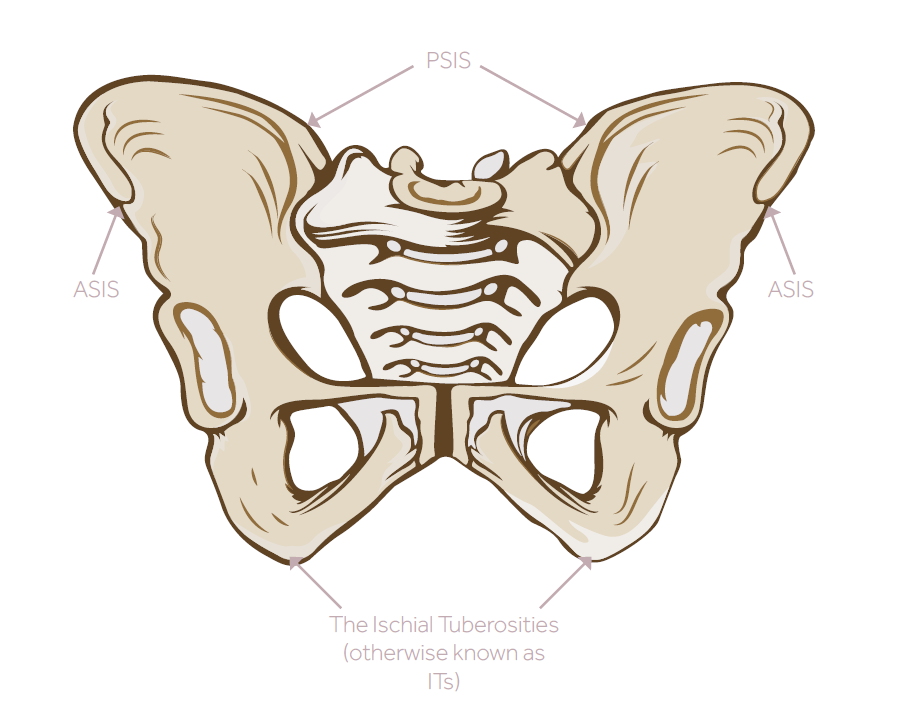
When sitting, if one side of the pelvis is raised higher than the other, the body tries to correct its positioning. The spine will naturally try to move back to midline. This causes the thoracic spine on the lower side to curve back towards the midline.
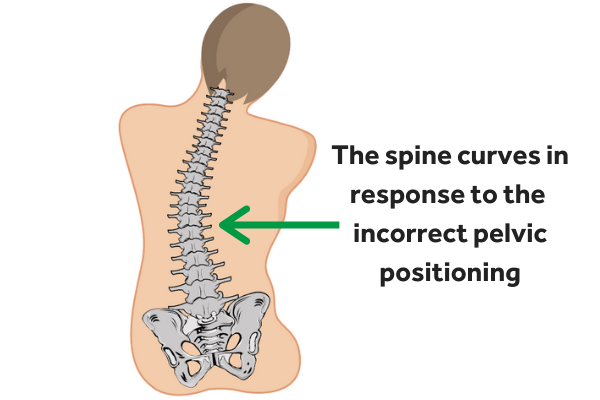
That’s why pelvic obliquity is more noticeable in the spine. The spine is trying to counteract the incorrect pelvis position!
Possible causes of pelvic obliquity
Underlying medical conditions
Sometimes, pelvic obliquity is caused by another underlying medical condition. For example, a dislocated hip or natural leg length discrepancy.
Often though, this condition is actually caused by unsuitable seating.
Poor seating
Pelvic obliquity is common in older people. They often have low or asymmetrical muscle tone from reduced physical activity. Paired with a poorly fitted chair, this is a key risk factor. Pelvic tilt occurs because they don’t have the strength to bring their body back to midline when it gets out of position.
There are several other risk factors for pelvic obliquity — Download our free Specialist Seating eBook for more details on causes.
Can Specialist Seating Correct Pelvic Obliquity?
Yes – sometimes. As with all postural abnormalities, it depends whether an individual’s position is fixed or not. The aim is to stabilise the pelvis in all planes of movement, correcting postural alignment if possible, but accommodating if it is fixed.
How to Choose a Chair for Pelvic Obliquity
When choosing a chair for someone with pelvic obliquity, there are three main things to consider:
- Seat sizing
- Seat cushion
- Additional supports
Adjustable seat sizing
Sizing is crucial whenever specialist seating is prescribed! A properly fitted chair is the best posture protection. You can check out our seat sizing form for detailed advice on taking accurate measurements.
For someone with pelvic obliquity though, seat width and armrest height are the most important measurements.
Getting either of these measurements wrong can encourage leaning:
- If the seat is too wide, the user can lean to one side instead of being supported in an upright position.
- If the armrests are too high or too low, the shoulders won’t be positioned properly. Again, this makes it harder for the user to stay supported in an upright position.
Seat height is also key — especially if leg length discrepancy is a cause of the pelvic obliquity.
Both feet must be fully supported to ensure equal weight distribution when sitting. If seat height is too high, the user may slouch or stretch their legs to reach the floor/footrest. This makes equal weight distribution difficult.
Try it: As you’re sat reading this, lift one foot just off the floor. Or simply push down slightly more through one foot. You’ll instantly feel your weight shift and your pelvis tilt. That is what’s happening all the time for someone whose feet aren’t properly supported!
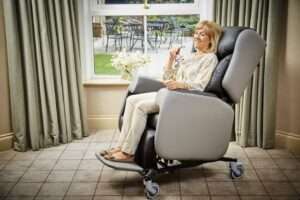
Lento care chair has fully adjustable sizing and is available with a custom footrest to fully support people with leg length discrepancy.
Seat cushion
Someone with pelvic obliquity needs pressure relief built into their seat cushion.
We recommend a gel cushion to start with. They are designed to protect people with a medium-high risk of pressure injuries.
When one side of the pelvis is lower than the other, there’s excess pressure in the buttock and lower ischial tuberosity (IT) on that side. Without a pressure-relieving cushion, someone with pelvic obliquity is extremely likely to develop painful pressure sores.
For people with flexible pelvic obliquity, the seat cushion can also play a key role in correcting their postural abnormality.
We recommend using an adjustable cushion to build up the lower IT until the ASIS are equal again.
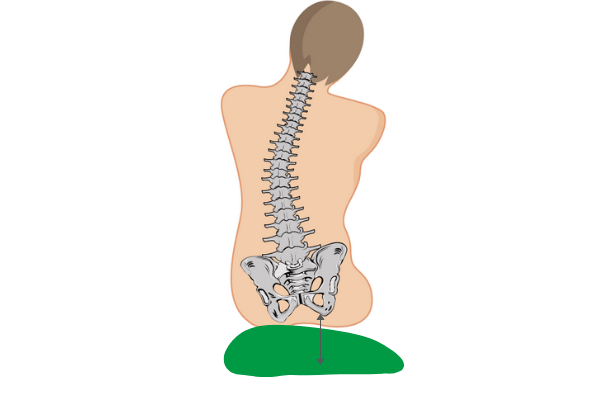
Building up the cushion takes the pressure off the lower IT
Start with a ‘wedged’ cushion that’s lower on the affected side. Add height over time to incrementally correct the pelvic position without causing pain. If you’re not an OT or physiotherapist, consult with a professional to ensure this rehabilitation is carried out safely.
Additional supports
When discussing potential causes of pelvic obliquity, we highlighted that torso strength and muscle tone can be an issue.
These are also risk factors for scoliosis. We’ve discussed how scoliosis can be a consequence of pelvic obliquity, but it can also be a cause.
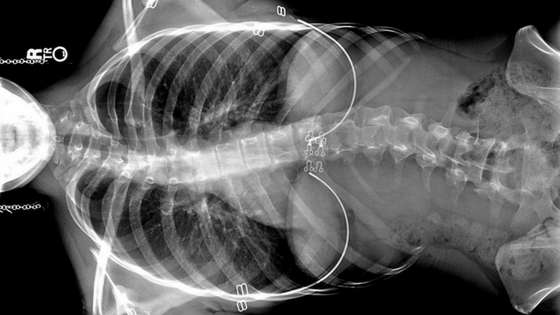
As you can see, scoliosis is very similar to the spinal position you see in someone with pelvic obliquity
Using additional supports to stabilise the spine in a midline position can prevent someone with scoliosis from developing further pelvic obliquity. Here are some options to look at:
- Backrests — a specialist backrest with a lateral or cocoon design help support a curved spine and aid midline positioning
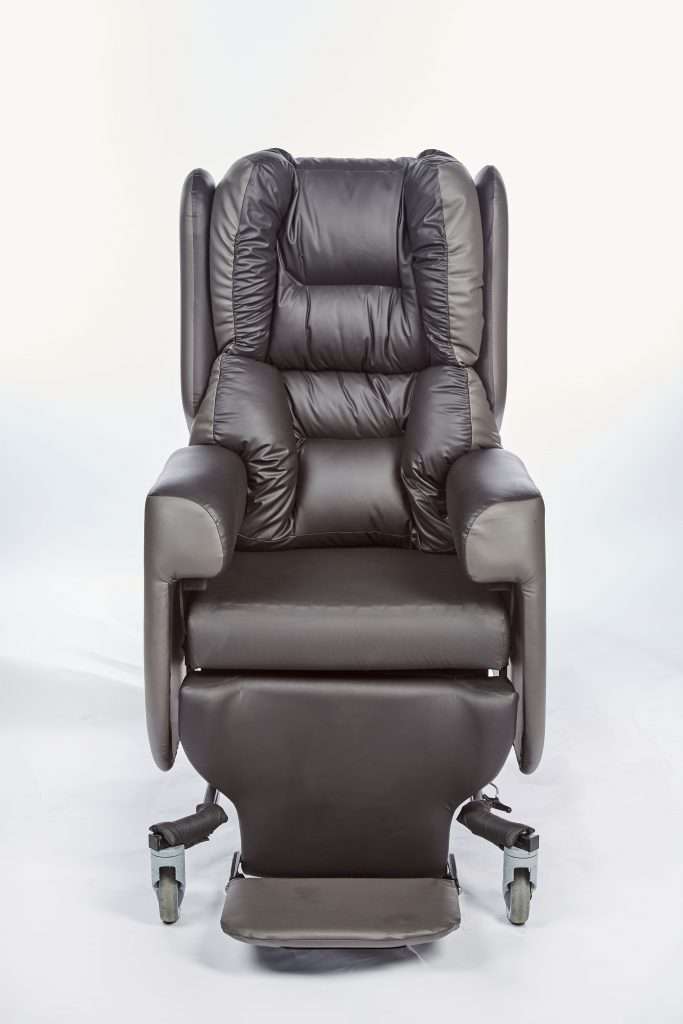
Lento cocoon backrest to aid good midline positioning
- Built-in supports — triangular positioning wedges can be placed at different levels and angles behind the backrest cushions to offer more lateral support and encourage a more midline position.
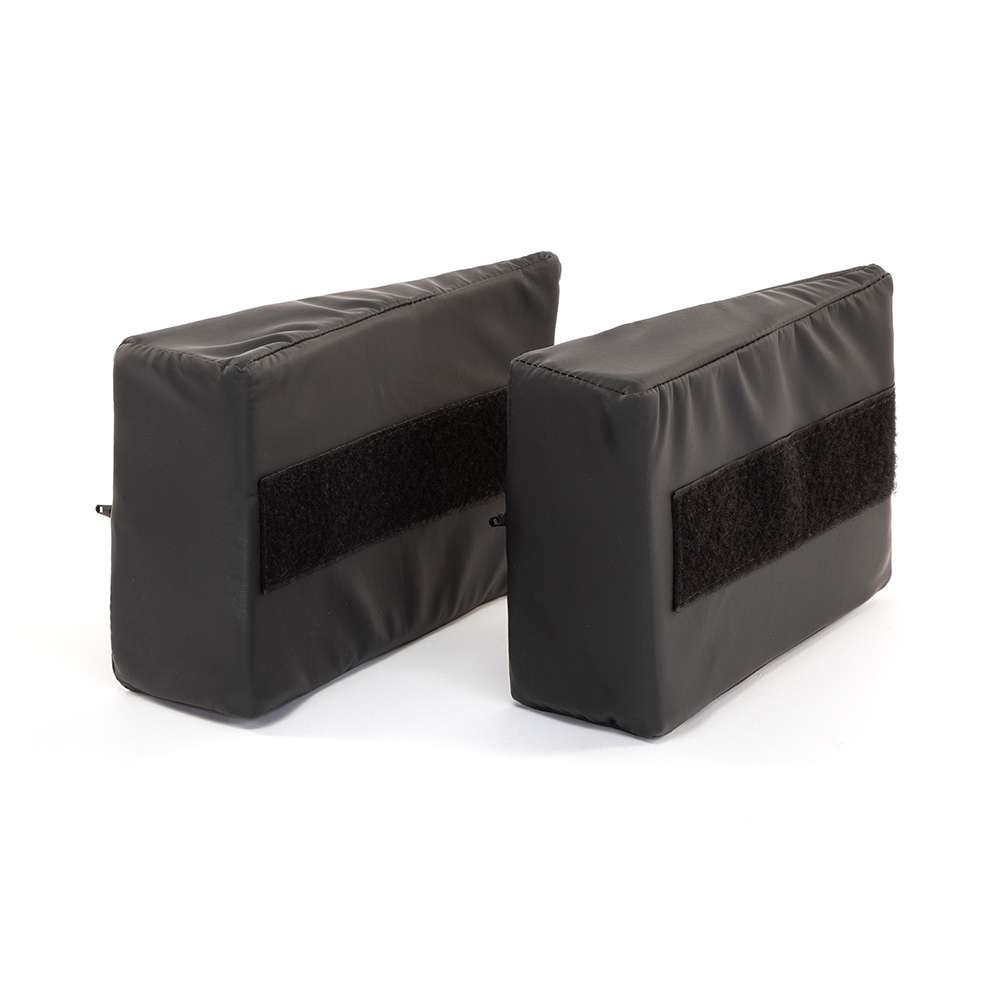
Backrest wedges aid sideways support
The Lento chair range features accessory packs with the full range of postural supports for each chair.
Why is Adjustability Important for Pelvic Obliquity?
You might have noticed a recurring theme here — adjustability!
The Lento chairs are one of the most adjustable chairs on the market, the seat dimensions can be easily resized to suit each individual patient. Watch this video to see the Lento Care Chair in action!
Seating must be adjusted to fit the individual user. When specifying a chair for someone with pelvis obliquity, you must consider the severity and the underlying causes.
We’re more than happy to provide a free seating assessment if you need help with this.
What Chairs are Recommended for Posterior Tilt?
We have two top choices for posterior tilt — a Made-to-Measure Riser Recliner and the Lento Care Chair. Both chairs can be tailored to properly support pelvic obliquity.
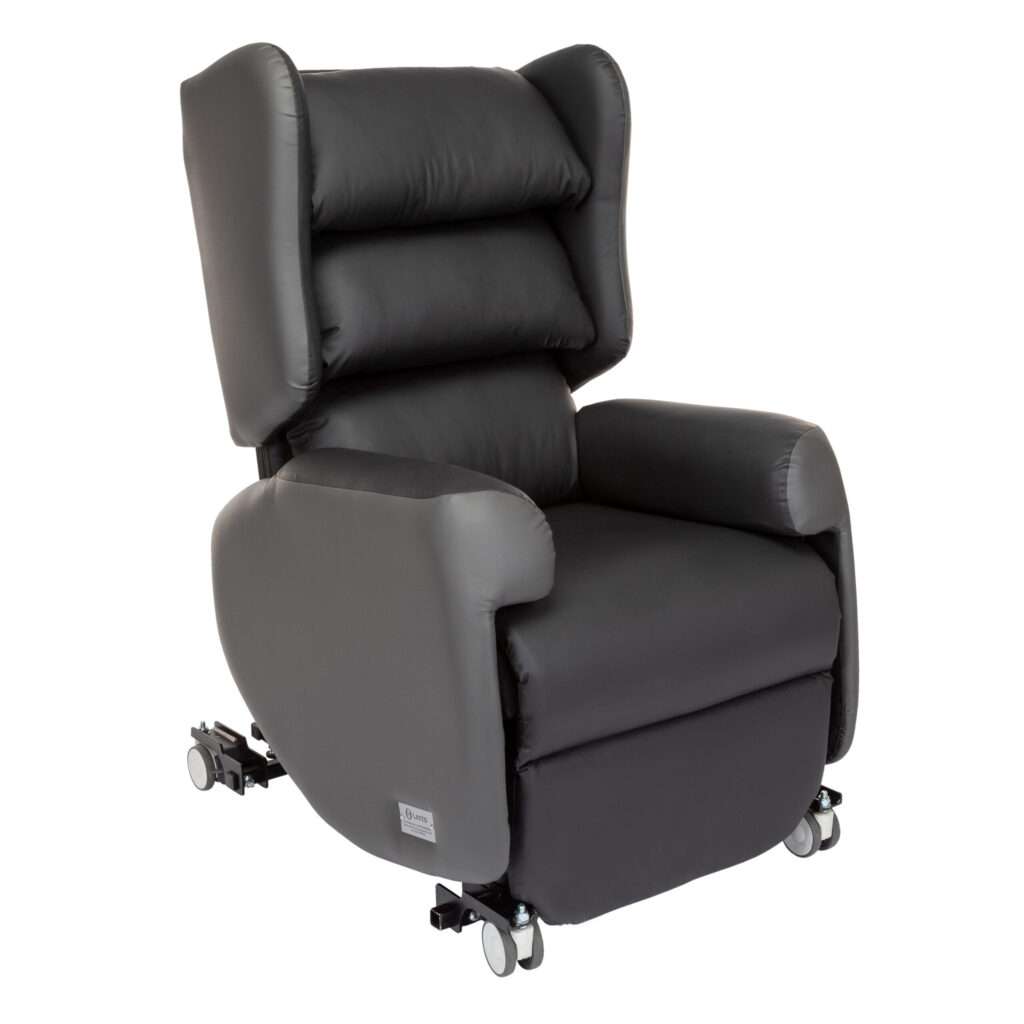
Lento Mobile riser recliner
The seat sizing can be fully tailored to the individual user to prevent any leaning. Even leg length discrepancy can be accommodated with bespoke footrests or footpads! Plus, both chairs are available with removable seat cushions. That makes it quick and easy to customise pressure relief and padding over time to accommodate/treat the obliquity. Finally, both offer a range of accessories for additional torso support — from specialist backrests to lateral supports.
The deciding factor is generally mobility. A Riser Recliner is best for someone with pelvic obliquity who is still able to stand and walk. By contrast, the Lento Care Chair is ideal for anyone who is immobile (due to pelvic obliquity or other medical conditions). It is specially designed for people who are hoisted.
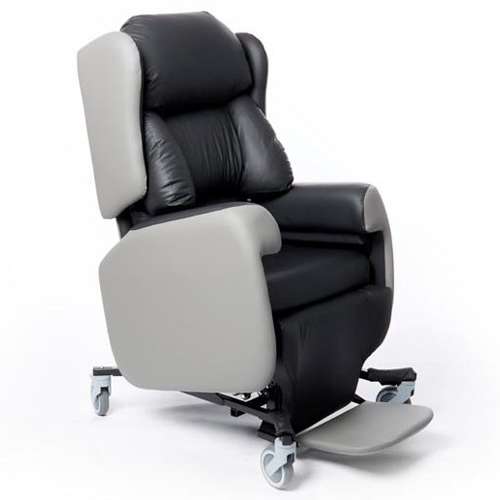
Lento Care Chair
Other postural abnormalities
Pelvic obliquity is one of many common postural abnormalities. We’ve written detailed guides on other conditions too! Take a look to see how specialist seating can help with:
Kyphosis — Seating Recommendations
Lordosis — Seating Recommendations
Scoliosis — Seating Recommendations
Pelvic Rotation — Seating Recommendations
Posterior Tilt — Seating Recommendations
Posture & Seating Assessment
For more advice on specialist seating and postural abnormalities, book a free assessment!
Arrange an assessment
FAQs
Can specialist seating correct pelvic obliquity?
Yes, specialist seating can sometimes correct pelvic obliquity, especially if the condition is flexible (i.e., the spine and pelvis can still move). In such cases, the goal is to realign the pelvis gradually and encourage proper posture. For fixed pelvic obliquity, specialist seating can help accommodate the condition and prevent further complications, like the progression to scoliosis.
What causes pelvic obliquity?
Pelvic obliquity can be caused by underlying medical conditions such as hip dislocation, leg length discrepancies, or scoliosis. However, it is often a result of poor seating and posture, particularly in older adults with reduced muscle tone and physical activity. Ill-fitting chairs can exacerbate the issue by failing to provide proper support.
Can pelvic obliquity cause other health problems?
Yes, untreated pelvic obliquity can lead to several health issues. It can cause chronic pain, difficulty with breathing and swallowing, and may progress into more severe spinal conditions like scoliosis. This is why addressing pelvic obliquity with the right seating solutions is crucial for long-term health and comfort.
Why is adjustability important in seating for pelvic obliquity?
Adjustability is key because it allows the chair to be tailored to the individual’s specific needs. This ensures that their posture is properly supported, reducing the risk of further deformity or discomfort. Adjustable seating can help maintain alignment, accommodate leg length discrepancies, and support correct spine positioning.
How does pelvic obliquity differ from pelvic tilt?
Pelvic obliquity refers to the pelvis being tilted to the side, where one side is higher than the other. In contrast, a pelvic tilt refers to a forward or backward rotation of the pelvis, such as anterior or posterior tilt. While both conditions can impact posture, pelvic obliquity is more about side-to-side imbalances, whereas pelvic tilt involves front-to-back alignment issues.





